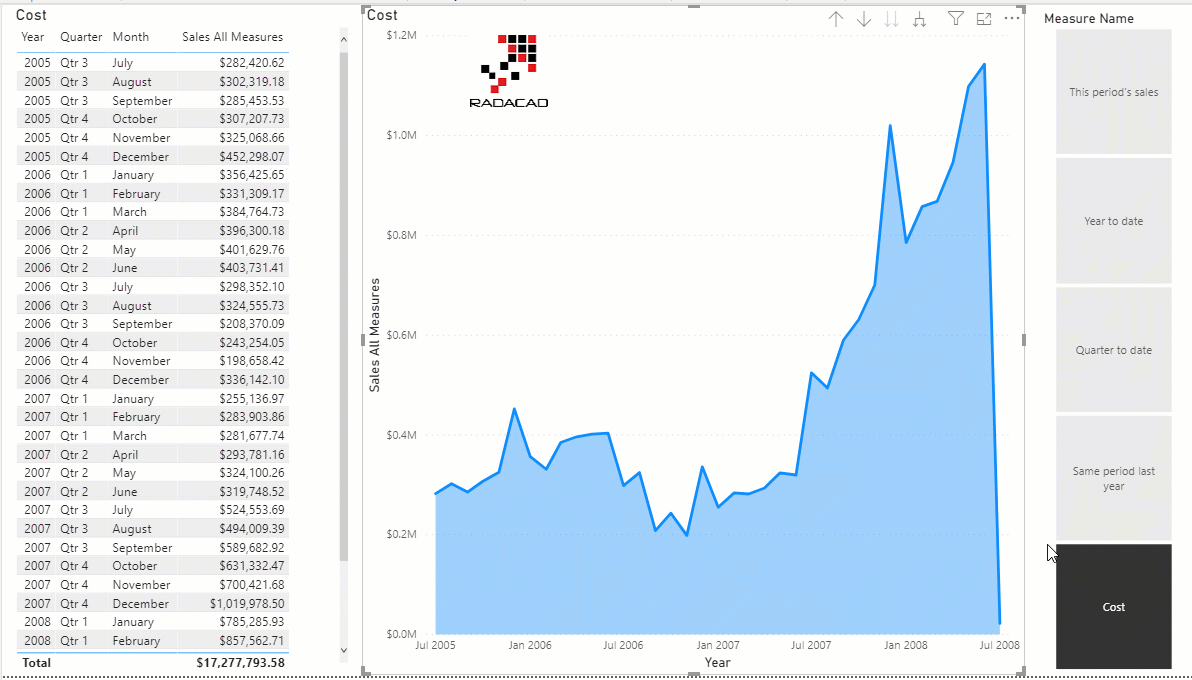

Excel Formula Get Slicer Value Update Automatically When
Being fast and powerful, these methods have one significant drawback - they do not update automatically when your data changes, meaning you would have to clean up and filter again. Tutorial: Display all formulas instead of their output values.How do you usually filter in Excel? For the most part, by using Auto Filter, and in more complex scenarios with Advanced Filter. We get a new function window showing in the below mention pictures.How to list all slicer selections for a Pivot Table in a single cell in Excel This allows. Also, click on the Insert function icon, then manually write and search the formula. Select VALUE in the list to bring up the function’s dialog box.
How to FILTER only specific columns (adjacent or non-adjacent) Filter and aggregate (Sum, Average, Min, Max, etc.) Filter based on AND as well OR criteria How to filter in Excel with formulas - examples Unlike them, Excel formulas recalculate automatically with each worksheet change, so you'll need to set up your filter just once!


However, the range supplied for the array argument is not updated when new entries are added to the source data. The results of the Excel FILTER function are dynamic, meaning they update automatically when values in the original data set change. So, please make sure you always have enough empty cells down and to the right, otherwise you'll get a #SPILL error. The FILTER function automatically spills the results vertically or horizontally in the worksheet, depending on how your original data is organized.
Since multiplying by zero always gives zero, only the items for which all the criteria are TRUE get into the resulting array, and consequently only those items are extracted.The below examples show this generic formula in action. Then, the elements of all the arrays in the same positions are multiplied. Technically, it works this way:The result of each logical expression is an array of Boolean values, where TRUE equates to 1 and FALSE to 0. Filter with multiple criteria (AND logic)To filter data with multiple criteria, you supply two or more logical expressions for the include argument:FILTER(array, ( range1= criteria1) * ( range2= criteria2), "No results")The multiplication operation processes the arrays with the AND logic, ensuring that only the records that meet all the criteria are returned.
All the criteria are FALSE), and such entries will be filtered out. When the Boolean arrays returned by the expressions are summed, the resulting array will have 0 for entries that do not meet any criteria (i.e. And now, we will extract the wins that occurred in a specific period, say between May 17 and May 31.Please notice that in this case, both criteria apply to the same range:=FILTER(A2:D13, (D2:D13>=G2) * (D2:D13<=G3), "No results")Where G2 and G3 are the dates to filter between.To extract data based on multiple OR condition, you also use logical expressions like shown in the previous examples, but instead of multiplying, you add them up. The purpose of this example is to demonstrate the general approach.To our sample data, we add one more column containing the dates of the last win (column D). In different situations, you will need to build criteria differently, depending on whether you want to filter by a specific date, by month, or by year.
For this, combine FILTER with aggregation functions such as SUM, AVERAGE, COUNT, MAX or MIN. The ISNUMBER function converts all the numbers to TRUE and errors to FALSE and passes the resulting Boolean array to the include argument of the FILTER function.For this example, we've added the Last names of players in B2:B13, typed the part of the name we want to find in G2, and then use the following formula to filter the data:=FILTER(A2:D13, ISNUMBER(SEARCH(G2, B2:B13)), "No results")As the result, the formula retrieves the two surnames containing "han":Filter and calculate (Sum, Average, Min, Max, etc.)A cool thing about the Excel FILTER function is that it can not only extract values with conditions, but also summarize the filtered data. The SEARCH function looks for a specified text string in a given range and returns either a number (the position of the first character) or #VALUE! error (text not found). To get the counts, you supply the same range for each criteria_range / criteria pair of COUNTIFS like this:FILTER(array, ISNUMBER(SEARCH(" text", range)), "No results") Extract entries that occur more than once, then use the FILTER function together with COUNTIFS.The idea is to get the occurrences counts for all the records and extract those greater than 1.


 0 kommentar(er)
0 kommentar(er)
